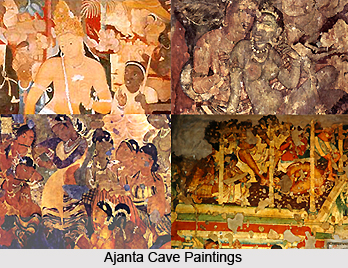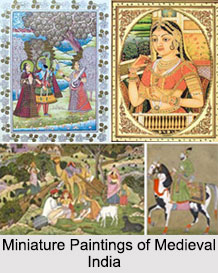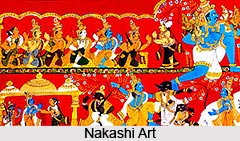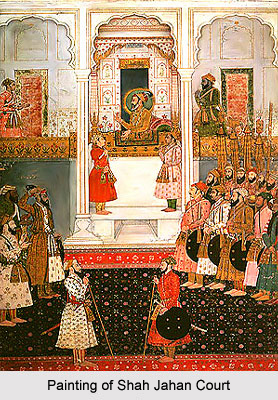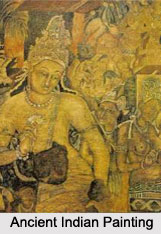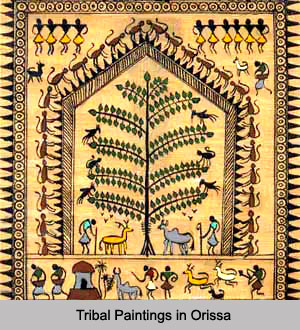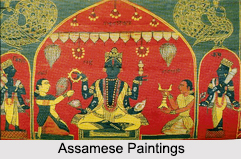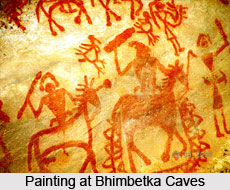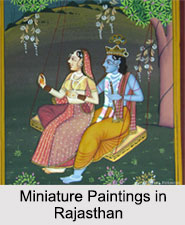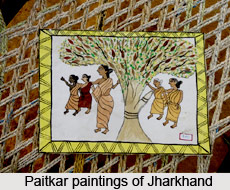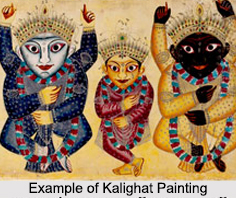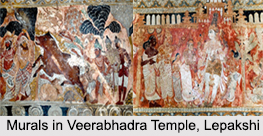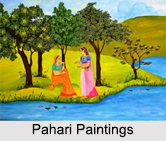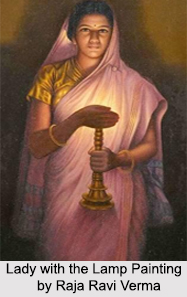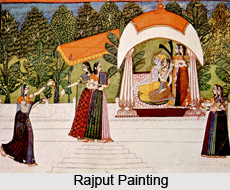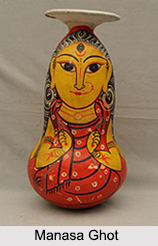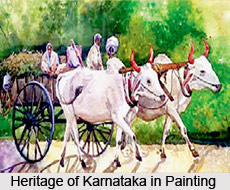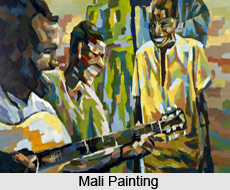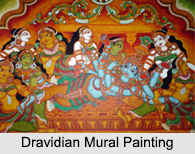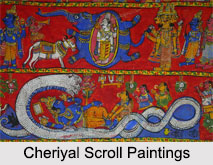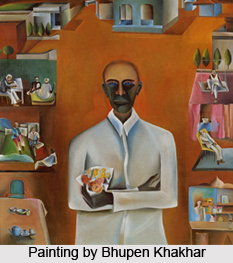 Bhupen Khakhar was born in Mumbai on10 March 1934. Bhupen Khakhar`s works were figurative in nature and concerned with the human body and its identity. The problem of gender definitions and gender identity were major themes in his works. His paintings had references to Indian mythology. He completed his B.A. from University of Bombay. He is also a qualified Chartered Accountant.
Bhupen Khakhar was born in Mumbai on10 March 1934. Bhupen Khakhar`s works were figurative in nature and concerned with the human body and its identity. The problem of gender definitions and gender identity were major themes in his works. His paintings had references to Indian mythology. He completed his B.A. from University of Bombay. He is also a qualified Chartered Accountant.
In 1958 he met the young Gujarati poet and painter Gulam Mohammed Sheikh, who encouraged Khakhar`s interest in art and encouraged him to come to the Faculty of Fine Arts in Baroda. His oil paintings were narrative and autobiographical in nature. His work soon garnered attention and critical praise. By the 1980s he was enjoying solo shows in London, Berlin, Amsterdam and Tokyo.
The artist`s work celebrated the struggles of a common man in India. His early paintings depicted average people like the barber, watch repairman, and even an assistant accountant with whom he worked. He even reproduced the environments of small Indian shops in his paintings. Homosexuality themes were visible in his works. The artist touched upon its cultural, amorous and erotic implications. In the 1990s he began experimenting with watercolors and grew confident in expression and technique.
In the year 2000 he was honored with the Prince Claus Award at the Royal Palace of Amsterdam. He also won the Asian Council`s Starr Foundation Fellowship, 1986, and the prestigious Padma Shri in 1984. He died in Baroda on 8th August 2003.
He held his first solo exhibition in Bombay in 1965 and has had fourteen solo shows since, in Bombay, New Delhi, Baroda, London, Ahmedabad, Amsterdam, Den Haag, Paris and Tokyo. Khakhar has also been widely represented innumerous group exhibitions including Art Now in India, London, Newcastle and Ghent (1 966), IX Biemale de Sao Paulo, and the First Triemale - India, New Delhi (1 968), Pictorial Space, New Delhi, and Menion Biennale (1977), Six who declined to show in the Triennale, New Delhi (I978), Narrative Painting,London(1979), Place for people, Bombay (1981), Six Indian Painters, Tate Gallery, London (1 982), Contemporary Indian Artists, Center Georges Pompidou, Paris (1986), Documenta IX, Kessel (1992), A Critical Difference: Contemporary Art from India, UK (1 993), India Songs, Sydney and Amsterdam (1 994) and Traditions/Tensions, the Asia Society, New York and tour, 1996.
